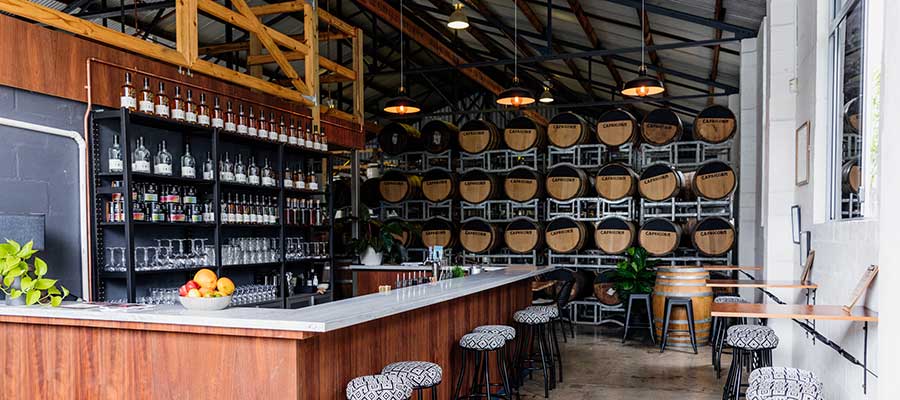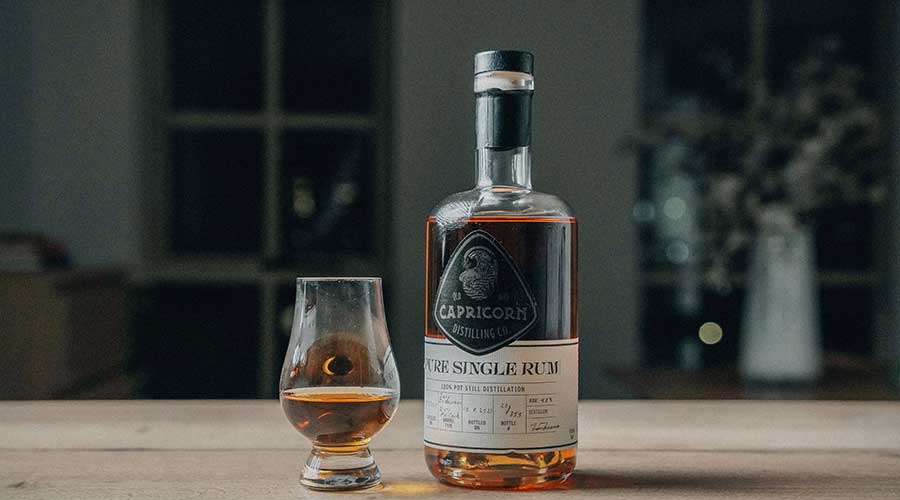The Capricorn Distilling team tells us about the evolution of the distillery, born in Rockhampton in 2016 and now based on the Gold Coast. Between molasses and cane juice, aromatic experiments and adapting to the market, Capricorn is charting its course in the Australian rum landscape, with the ambition of expanding its international presence.

What is the history of the distillery?
Capricorn Distilling was established in 2016 in Rockhampton, located in central Queensland, which is my family’s hometown. Rockhampton sits on the Tropic of Capricorn, with half the city in the tropics and the other half sub-tropical.
This unique geographical feature inspired the name of our distillery – Capricorn Distilling – The Tropic of Capricorn is actually the furthest south of the equator where you can be with the sun coming directly overhead at any time of the year. In early 2021, we moved the distillery to the Gold Coast, mainly to be closer to the sugar mills, which allowed us to start producing cane juice rum.
The move has also given us more space for our growing collection of barrels (we hold over 240). We’re now located in the subtropics, just a 30-minute drive from the nearest sugar mill in Condong, an area rich in sugar cane cultivation and home to several other rum distilleries – Husk Distillers, Lord Byron and Cabarita Spirits to name but a few.
What types of rum do you produce?
We produce both molasses and cane juice rums, experimenting with a wide range of ester profiles. As a relatively young distillery, we are still refining our unique house style.
While balancing what we personally want to create with what the Australian market actually buys, which is quite different. We’ve been ageing rum for the last seven years and we’re continuing to develop our aged stock, we hope to reach around 500 barrels of stock in the next few years.
What is the production process?
We operate two stills: a 4,000 L double-autoclave still with a tube-in-tube condenser and a 1,000 L double-autoclave still with a screw-in-tank condenser. Each creates distinct flavour profiles.
Our processes change for each rum we produce (we currently produce 10 different rums).
There are lots of different variables in rum that can be controlled, which makes it a very exciting spirit to make. For example, our limited edition “Dumpster Diver” is a molasses-based rum with dunder added during fermentation, it is naturally fermented (with no commercial yeast added) over a period of 30 days, then cane juice acid is added for a further 2 weeks. It produces a very unique flavour profile that I think has a good balance between umami and sweetness.
What are your main markets?
The vast majority of our sales are in Australia, and we’ve been exporting small quantities to China for the past 5 years. We’re aiming to expand into Europe over the next few years, potentially taking part in events alongside other Australian rum distilleries to showcase our products.

